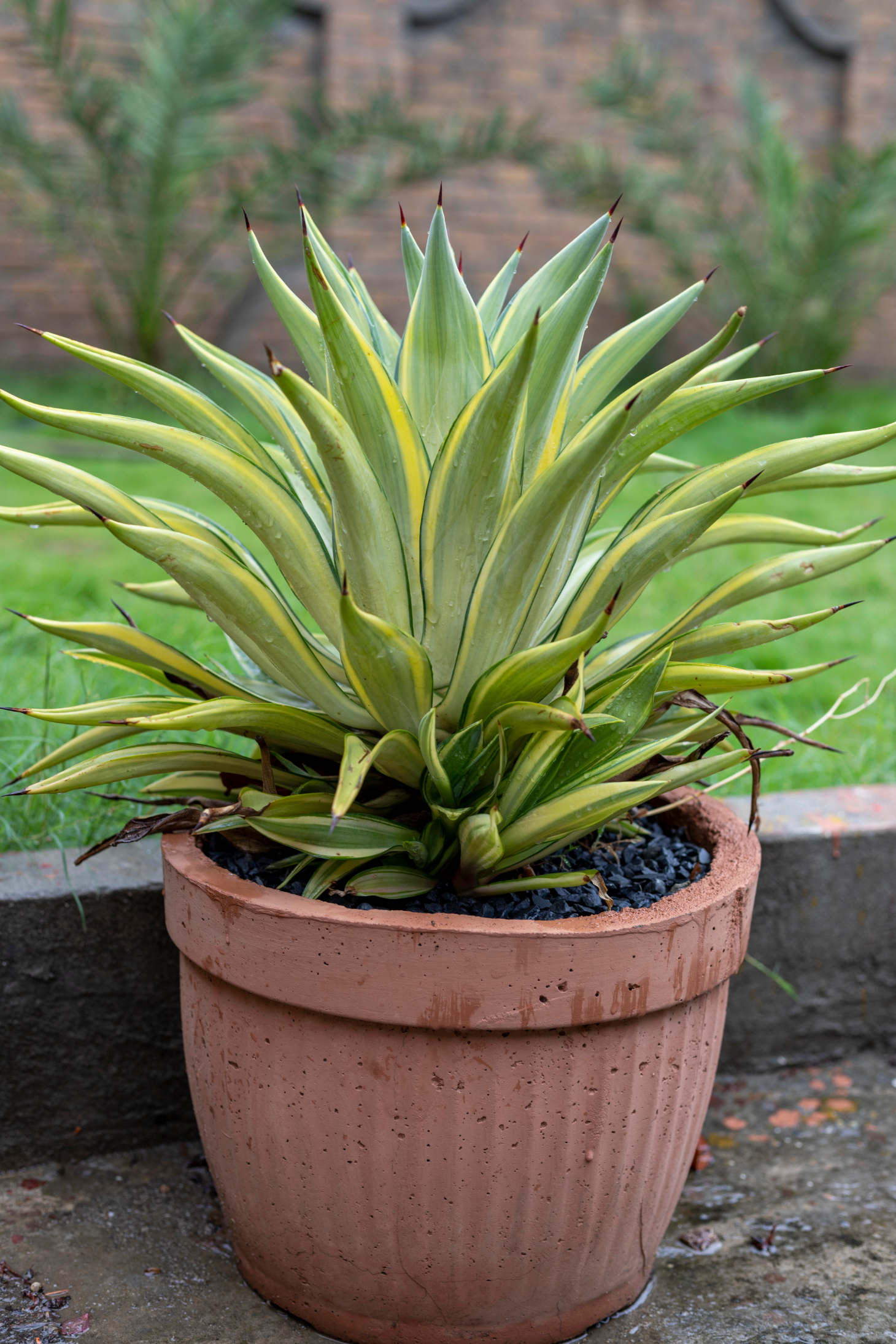Pest Resistant Succulents
If you want plants that are easy to care for and don’t attract many bugs, pest resistant succulents are a great choice. These succulents have natural defenses that make them less likely to get pests, so you can spend less time worrying about infestations in your home or garden. While no plant is completely safe from pests, certain types of succulents are known for staying healthy even when bugs are around.
You get more than just good looks from pest resistant succulents. Their thick leaves and waxy coatings help protect them against common plant pests. This means your plants are more likely to thrive even if you sometimes forget to check for bugs.
Choosing pest resistant succulents can help you enjoy indoor or outdoor plants with fewer problems. By planting these varieties, you can save time, effort, and hassle while enjoying a collection that stays healthy and attractive.
What Makes Succulents Pest Resistant

Succulents are different from many garden plants because they have traits that discourage pests. Their leaves, stems, and growth habits all play a part in keeping problems to a minimum.
Natural Defenses Against Common Pests
Many succulents produce chemicals that repel insects. Some have waxy coatings on their leaves or emit a bitter taste, which makes them unappealing to bugs like aphids and mealybugs.
Succulents also hold water in their leaves. This reduces the amount of surface moisture that common pests need to survive and thrive. Fewer moist areas mean fewer places for bugs such as fungus gnats to lay eggs.
A simple table below shows some typical succulent defenses:
| Defense Type | How It Helps | Example |
|---|---|---|
| Waxy leaf coating | Repels insects, limits water | Jade Plant (Crassula) |
| Chemical compounds | Tastes bitter, deters pests | Aloe Vera |
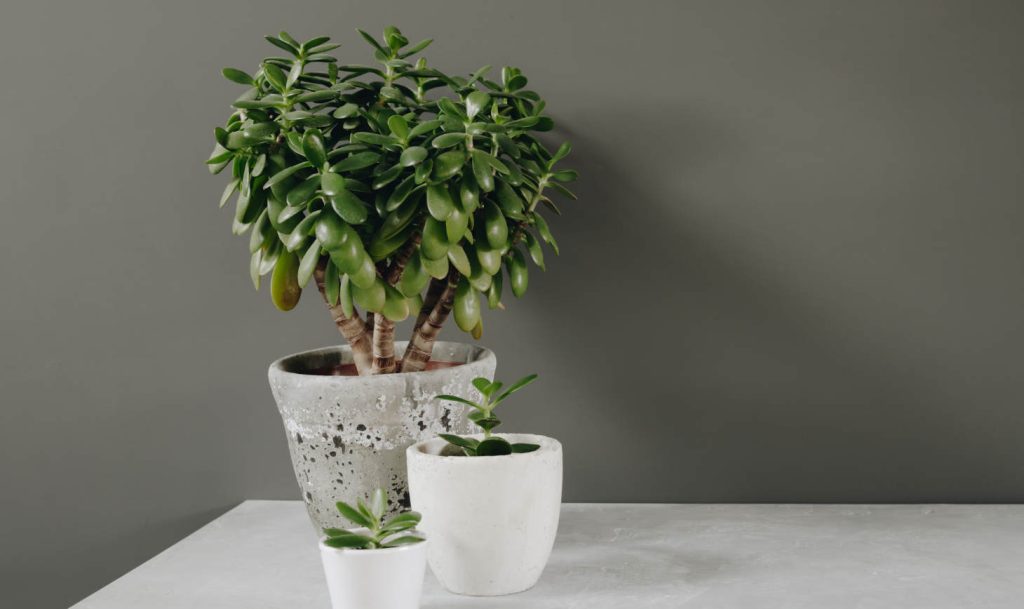
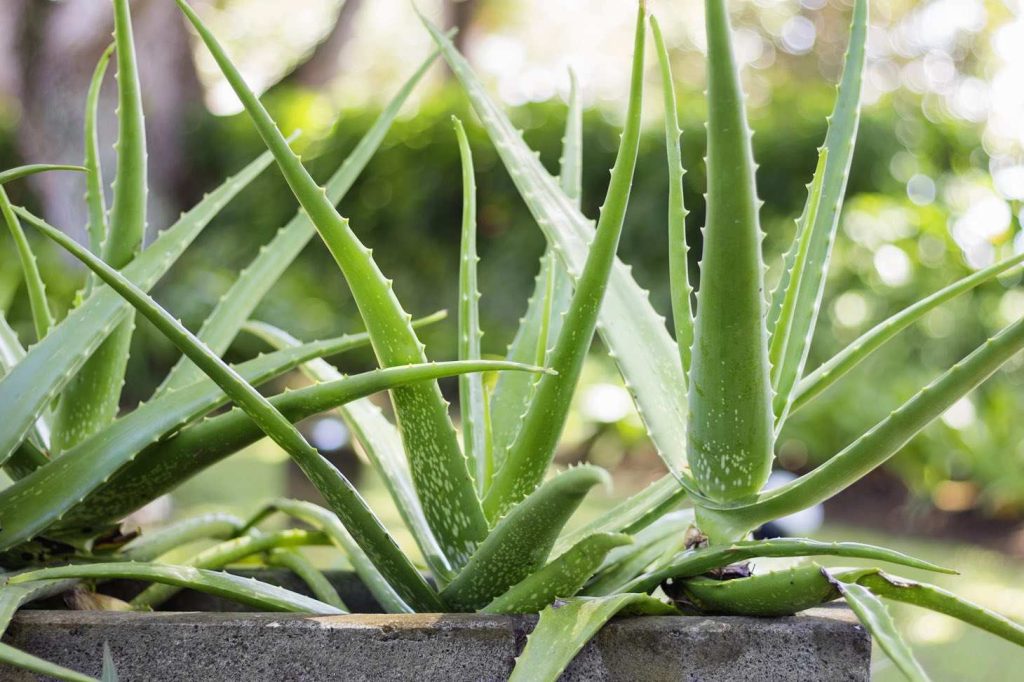
These natural defenses do not make succulents immune, but they do decrease the number of pest problems compared to other plants.
Resilient Anatomy and Leaf Structures
Succulents have thick, fleshy leaves and stems. This makes it difficult for most pests to bite or pierce the plant’s outer layer to reach the juicy insides. The skin, or cuticle, of the leaves is also tough and acts as a barrier.
Plants like agave and aloe even have spines at their edges, which discourage animals and bigger insects from chewing on them. Many succulents grow close to the ground in tight clumps, making it harder for flying insects to reach every leaf.
Common Pest-Related Misconceptions

Even though succulents are known for being pest-resistant, they are not completely free of trouble. Bugs like spider mites, mealybugs, and scale can still appear, especially if the plant is stressed.
A common misconception is that you do not need to check your succulents for pests at all. In reality, overwatering, poor drainage, or damaged leaves can make the plant more attractive to unwanted insects.
You might think visible damage is the only sign of pests, but problems sometimes show up as sticky residue or yellowing leaves. Regular inspection and proper care help you catch these signs early before they become serious problems.
Top Pest Resistant Succulent Varieties
Some succulents stand out for their ability to resist common pests better than others. These options are good choices if you want low-maintenance plants that don’t attract as many bugs.
Aloe and Its Defenses
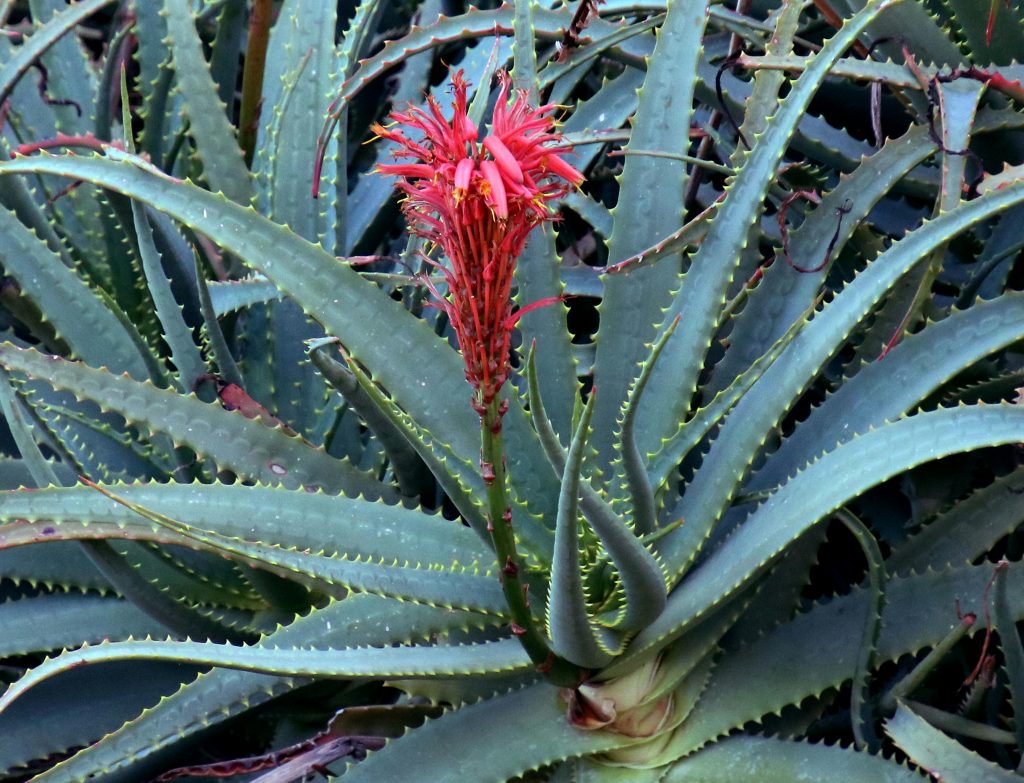
Aloe plants are well-known for their thick, spiky leaves and tough skin. These features make it hard for pests like mealybugs and aphids to take hold. The sap inside aloe leaves can also discourage some insects due to its bitter taste.
You can keep an aloe plant indoors or outdoors. It needs well-draining soil and bright, indirect sunlight. Most pests avoid aloe because its outer layer acts as a barrier. Insects that do try to feed on aloe usually have trouble getting past the leaves.
Routine care is simple: water when the soil is dry and keep the plant clean. If you spot any pests, wiping the leaves with a damp cloth usually gets rid of them. Because of these traits, aloe is often considered one of the best pest-resistant succulents.
Agave Species
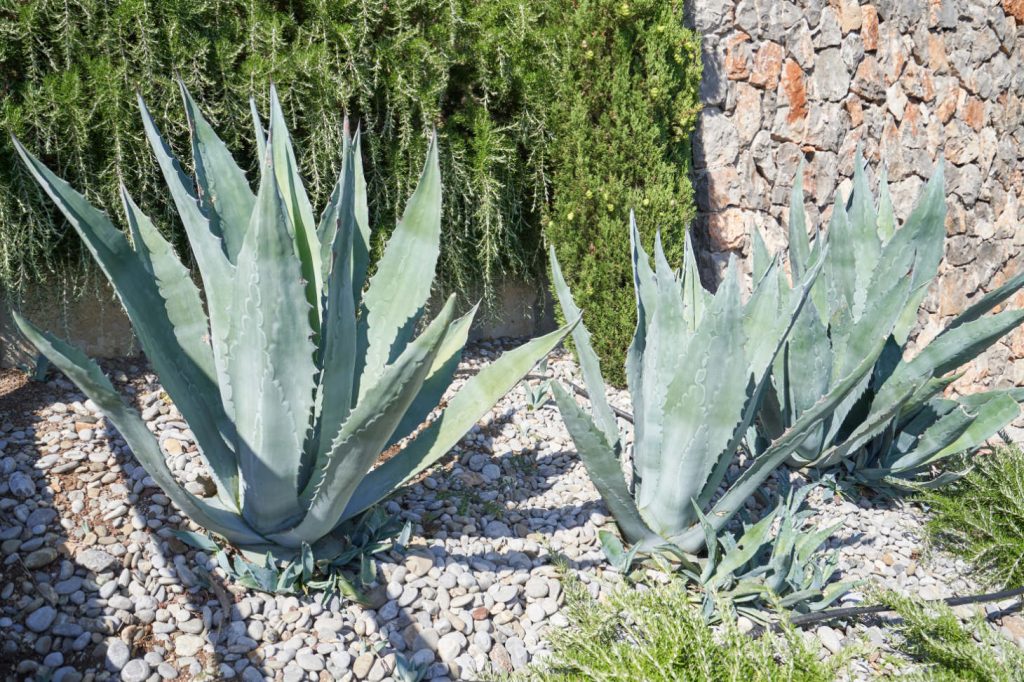
Agave is another strong option for pest resistance. These plants have thick, pointed leaves that are stiff and sometimes have sharp edges. This makes it tough for many pests, such as scale insects and snails, to attach or eat the plant.
Agave requires little water and is tolerant of both full sun and heat. The outside of the leaves is waxy, which helps prevent infestations. When grown in well-draining soil, agave usually stays healthy without much troubleshooting.
You should still check your agave for signs of bugs once in a while. If any show up, they are often easy to remove by hand. With their robust defenses, agave plants rarely have serious pest problems.
Echeveria Varieties
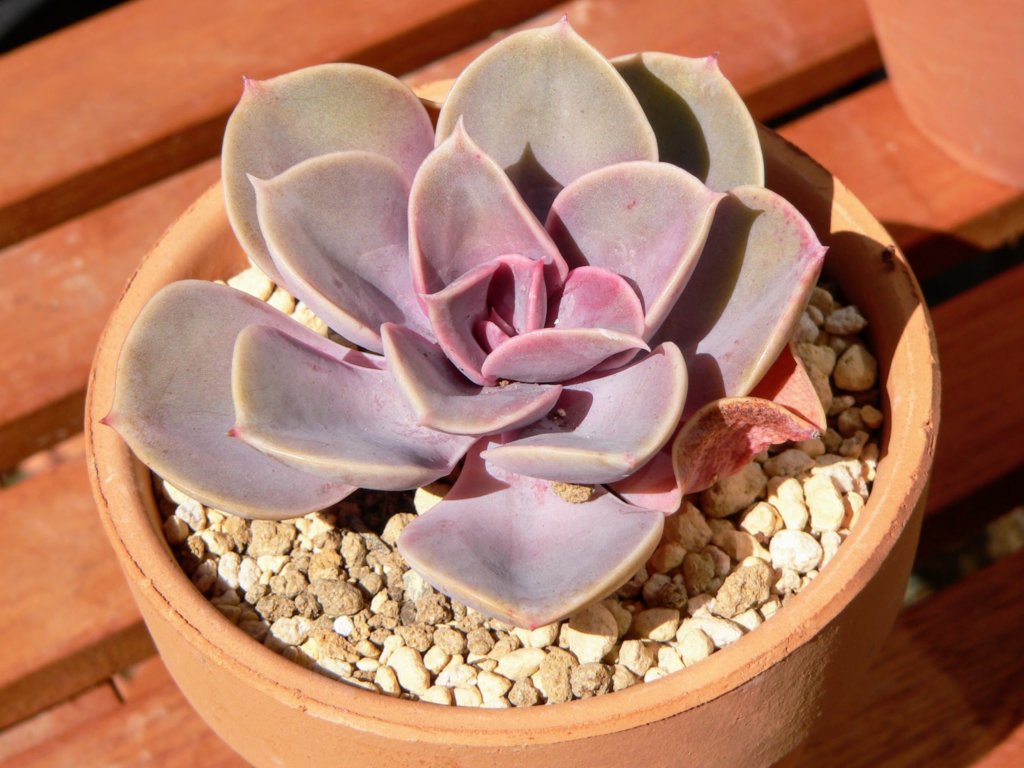
Echeverias have rosette-shaped leaves that grow close together. Some types have a powdery layer on the leaves called “farina.” This coating can also deter tiny insects.
These succulents need sunlight and dry conditions to thrive. Healthy Echeveria plants naturally avoid large pest outbreaks. Mealybugs or aphids may rarely appear but are easy to treat with a gentle spray of water or insecticidal soap.
To help keep Echeveria pest-free, avoid overwatering. Pests are more likely to attack if the plant is stressed or the soil stays damp. Echeveria’s adaptability and structure make it a solid pest-resistant choice for your garden or home.
Care Practices for Enhancing Pest Resistance
Healthy, stress-free succulents are less likely to attract pests. The right watering schedule and good soil choices can make your plants stronger and more pest-resistant.
Optimal Watering Techniques
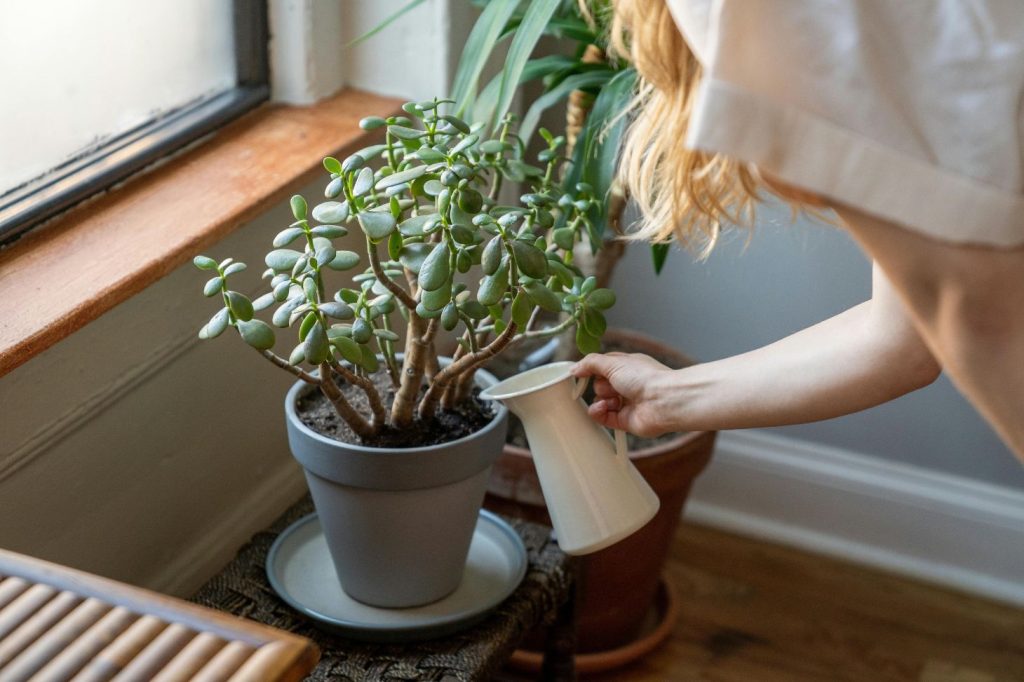
Overwatering is one of the main reasons succulents become weak and open to pests like fungus gnats and root mealybugs. It is best to let the soil dry out completely between waterings. Use the “soak and dry” method: water deeply, then wait until the soil is dry before watering again.
Water the soil, not the leaves, to avoid moisture sitting on the plant. Wet leaves can invite mold or mildew. If you grow succulents indoors, make sure the pots have drainage holes and are not left in standing water.
During winter or in low-light spaces, succulents need less water. Cut back on watering during these times to prevent root rot. Watch your plants’ leaves for signs: if they look shriveled, water them. If they look soft or mushy, hold off on water.
Soil and Drainage Requirements
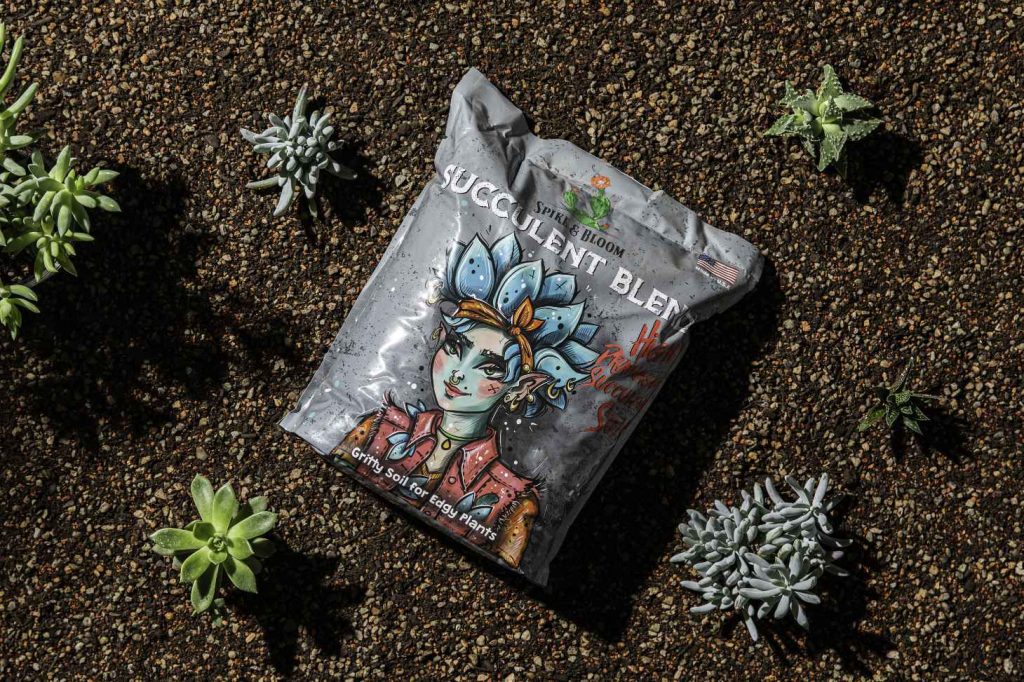
Succulents need well-draining soil to keep their roots healthy and help stop pests from moving in. Standard potting soil holds too much water and can cause root rot. Use soil mixes designed for succulents or cacti.
A good soil mix often includes:
- Coarse sand
- Perlite or pumice
Make sure your containers have large drainage holes at the bottom. After watering, empty the saucer under the pot. Keeping the roots dry and the pot airy makes it harder for pests such as fungus gnats to breed. Proper soil and drainage are key steps to healthy, pest-resistant succulents.

